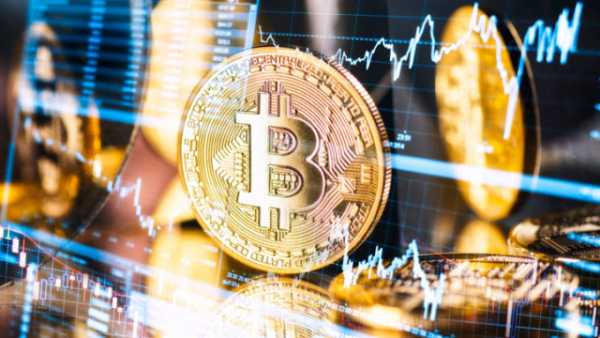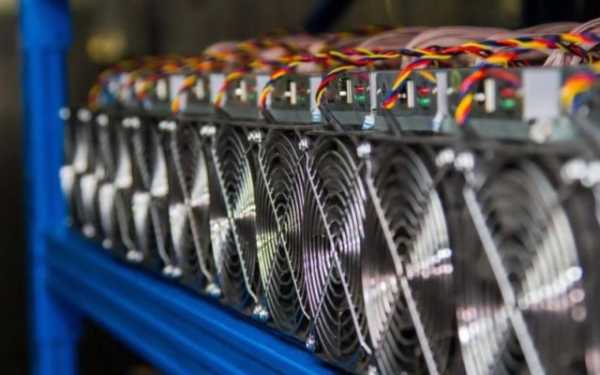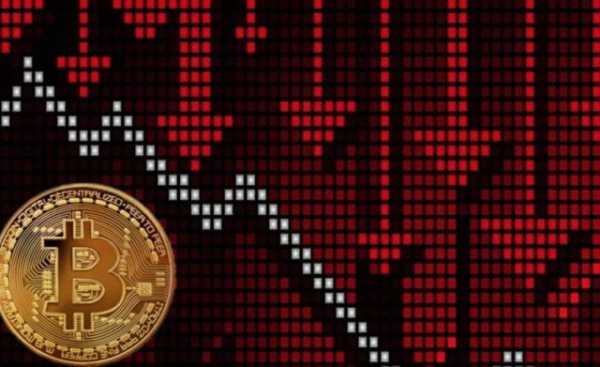US Gives Green Light to Stablecoin Law

On June 17, the US Senate voted to pass the GENIUS Act (Guiding and Establishing National Innovation for US Stablecoins Act), the first major stablecoin regulation bill to pass the upper chamber. 51 senators voted for the initiative, 23 voted against. Now the document will go to the House of Representatives, where they will decide whether to adopt it in its current form or advance an alternative version, RBC Crypto reports.
US Treasury Secretary Scott Bessent said the bill could trigger a massive growth in the stablecoin market to $3.7 trillion by the end of the decade. According to him, stablecoins backed by US government bonds will create new sustainable demand for them from the private sector. This will help curb the growth of the national debt and reduce the cost of servicing it, as well as expand global access to digital dollar infrastructure.
The GENIUS Act (Guiding and Establishing National Innovation for US Stablecoins Act) requires issuers to fully back tokens with reserves in dollars and short-term Treasury bonds, publish data on reserves, and undergo audits. Stablecoins are cryptocurrency tokens whose rate is tied to an asset, such as the dollar, euro, or an ounce of gold. Companies use securities, national currencies, or other crypto assets to collateralize the peg to the underlying asset. The most well-known stable tokens are issued by Tether (USDT) and Circle (USDC). Most stable tokens are backed by dollar assets, including short-term US bonds. Top 10 Largest Stablecoins. Simple Cards
“With this bill, the US is one step closer to becoming a global leader in cryptocurrency. GENIUS establishes a regulatory framework that will facilitate the growth of payment stablecoins. The bill will cement the dominance of the US dollar, protect customers, and increase demand for US Treasury bonds,” The Block quotes Republican Senator Bill Hagerty as saying.
The US national debt is one of the central topics in the cryptocurrency community. The focus is on theses about indebtedness, corruption and the possibility of creating virtually unlimited amounts of new debt by countries around the world. It is assumed that blockchain technology can solve the issues of growing problems in the financial system due to the transparency and scarce nature of cryptocurrencies such as Bitcoin. However, the proposals of the US Treasury Secretary are unlikely to help solve the identified problems. On the contrary, stablecoins are supposed to create more demand for debt (government bonds) without solving the problems that have arisen. The US national debt has reached almost $37 trillion. The figure has grown more than 110 times since 1966 and almost 6.5 times over the past 25 years. The US national debt has approached a record $37 trillion. What does this mean for Bitcoin
“A year ago, I would have thought this was nonsense at best. Think for a moment how far we've come,” Coinbase Chief Legal Officer Paul Grewal said.
The GENIUS Act could be the first cryptocurrency regulation law passed under the new administration of US President Donald Trump. Despite numerous crypto-friendly initiatives from the US government, such as the executive order Strengthening U.S. Leadership in Digital Finance and the creation of a national Bitcoin reserve, no cryptocurrency legislation has been passed since Trump took office.
Hope for stablecoins
Bessent's assumptions are based on the fact that the business model of most stablecoins is based on the purchase of US Treasury bonds as collateral for the issuance of tokens, and this has already proven itself in the case of Tether's USDT and Circle's USDC.
This model has also been adopted by World Liberty Financial, a company backed by Donald Trump's sons, which recently launched its own stablecoin, USD1, also backed by Treasury bonds and dollar reserves. In just a few months of existence, USD1 has already entered the top 10 largest stablecoins.
Issuers earn interest income for holding these securities, with the ability to access liquidity at any time if stablecoin holders demand redemption of the issued crypto assets.
For example, according to Tether's Q1 2025 report, the company's reserves for backing the USDT stablecoin include about $120 billion in US Treasury bonds. The company claims that it has already surpassed Germany in terms of investment in US government debt. However, in its current form, the USDT stablecoin does not comply with the GENIUS bill, and Tether is considering launching a separate token for the US.
In May, Donald Trump’s appointed cryptocurrency and AI “czar” David Sachs told CNBC that the approval of the stablecoin law could “instantly unlock trillions of dollars of demand” for U.S. government debt. Sachs also called them “a new payment system for the U.S. economy,” emphasizing that they would help strengthen the U.S. currency’s position in the digital space.
And Tether CEO Paolo Ardoino said the company is “simply exporting what it believes is the best product the US has ever created: the dollar.” He emphasized that Tether is in demand in countries with high inflation and weak banking systems. Against this backdrop, he believes that the USDT stablecoin could become a tool for strengthening dollar dominance, especially when blocs like BRICS are “trying to displace the dollar.”
There are not only dollar-denominated stablecoins in the world, although their market share is about 99%. But the list of stable tokens based on other national currencies is already expanding. There are assets based on the euro, yuan, Brazilian real, Turkish lira and other currencies. The same Circle (the issuer of USDC) received approval from the Abu Dhabi regulator to launch a local version of the token, targeting the Middle East. The UAE also announced a dirham-linked stablecoin under the regulation of the local Central Bank.
The launch of a Russian version of a stable token tied to the ruble exchange rate is also not ruled out. At the recent Blockchain Forum 2025 crypto conference in Moscow, the possibility of launching such a token was discussed during the panel session “Cryptocurrency Geopolitics: How Russia and the World Shape the Trend in Digital Assets.” And Olga Goncharova, head of the expert center for digital financial assets and digital currencies at the Association of Russian Banks, expressed the opinion that it is necessary to look for “ways to replace USDT imports.”
Источник: cryptocurrency.tech



